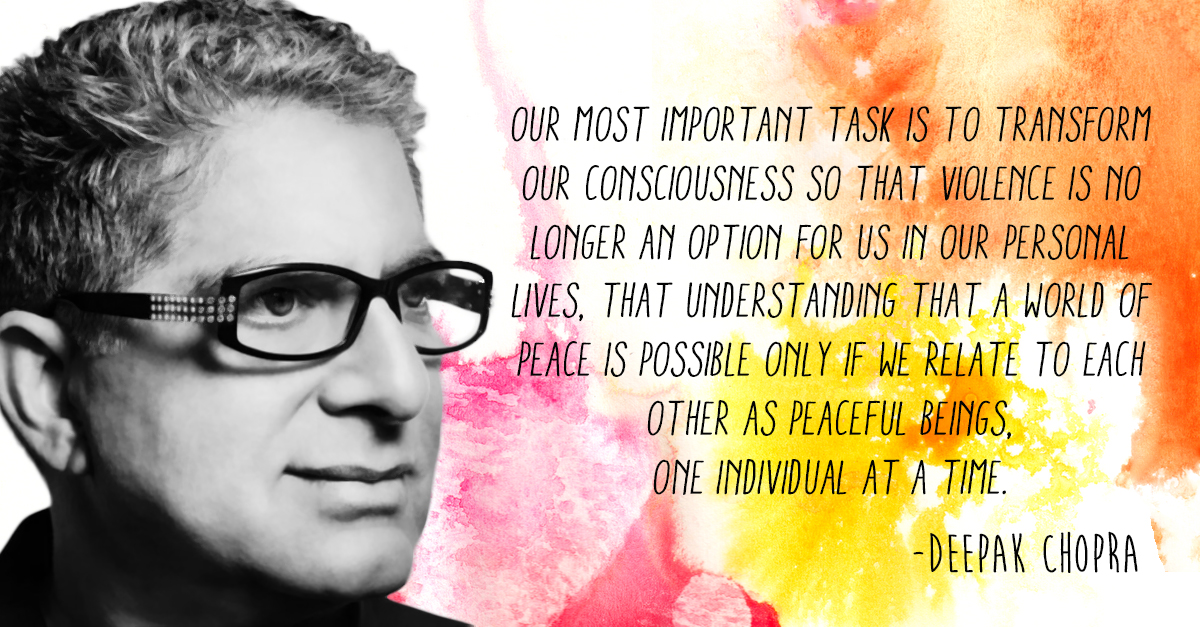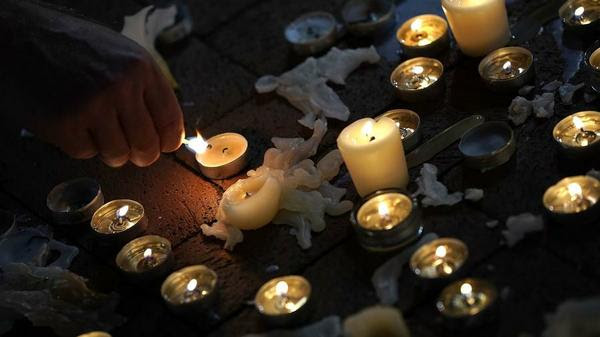| Class of 2021's Orientation Day |
Members of the Class of 2021 began their orientation meeting their senior mentors.
Student Council members led by Student Council President Luke A. facilitated
"Get to know each other" ice-breakers before
75 members of the Class of 2021 volunteered at the Red Cross.at
At the Red Cross of Oklahoma, the Class of 2021 was divided into three groups.
The groups rotated into three rooms where they were introduced to the Red Cross and two current projects.
Mr. McHargue, Dean of Freshman, Mrs. Clay, Service-Learning Director, and Mrs. Cochram, Registrar
and French Teacher volunteered with the Class of 2021.
In the first room, a Red Cross Volunteer taught the group about
-Emergency preparedness
a Tornados
b. Floods
c. Home Safety: Fire Hazards, Smoke Alarms
d. The proper way to wash hands to prevent sickness and contamination
e. The proper way to watch the solar eclipse
In rooms, two and three Casady volunteers learned about two Red Cross Projects,
played games to test their learning and packed supplies for:
a. The Pillowcase Project
b. The Fire Safety Project
Mr. McHargue, Dean of Freshman, Mrs. Clay, Service-Learning Director, and Mrs. Cochram, Registrar
and French Teacher volunteered with the Class of 2021.
In the first room, a Red Cross Volunteer taught the group about
-Emergency preparedness
a Tornados
b. Floods
c. Home Safety: Fire Hazards, Smoke Alarms
d. The proper way to wash hands to prevent sickness and contamination
e. The proper way to watch the solar eclipse
In rooms, two and three Casady volunteers learned about two Red Cross Projects,
played games to test their learning and packed supplies for:
a. The Pillowcase Project
b. The Fire Safety Project
time at the end for the Dean of Freshmen, Mr. James McHargue
and members of the Red Cross Volunteer Team who facilitated
the Red Cross Experience to share stories of how
the Red Cross had affected their lives and
why they volunteer and will continue to volunteer at the Red Cross.
Two members of the Class of 2021 shared that the words that would describe their
Red Cross Volunteer Experience were professional and marvelous.
Red Cross Volunteer Experience were professional and marvelous.
The American Red Cross shelters, feeds and provides emotional support to victims of disasters; supplies about 40 percent of the nation's blood; teaches skills that save lives; provides international humanitarian aid; and supports military members and their families. The Red Cross is a not-for-profit organization that depends on volunteers and the generosity of the American public to perform its mission. For more information, please visit redcross.org or cruzrojaamericana.org, or visit us on Twitter at @RedCross.

The American Red Cross Home Fire Campaign aims to reduce deaths and injuries caused by home fires across the country by 25 percent in the next five years. Red Cross workers teach people about fire safety in neighborhoods at high risk for fires and install smoke alarms in some of these communities.
Teaching children how to be prepared for emergencies is an important part of the campaign. Red Cross workers are educating kids about fire safety through The Pillowcase Project, an educational program to teach children in grades 3 through 5 how to make sure they are prepared for emergencies and help their loved ones get ready too.
Sponsored by Disney, The Pillowcase Project has already reached more than 180,000 young people across the country and plans are to reach thousands more by March of next year. The program emphasizes the importance of developing an emergency communications plan, fire evacuation plan and emergency contact cards.
Students learn about hazards, how to prepare for emergencies and how to cope. They practice what they have learned and share their knowledge with friends and family. The students receive a pillowcase and are encouraged to create their own emergency supply kits by packing essential items in a pillowcase that they can easily carry during an emergency.
OKLAHOMA SUCCESS During the recent tornadoes in Oklahoma, the importance of The Pillowcase Project was seen when children who had attended the class were impacted by the storms.
Prior to the tornadoes touching down, the Red Cross had visited several schools in the area to teach kids about being prepared through The Pillowcase Project. Parents used social media outlets to explain how valuable that training proved to be.
“While we were in the shelter today my daughter was quoting things she learned from you guys yesterday. She was calm, a big difference from last year. What you do makes a difference. Thank you.”
“Thank u. Today we had a tornado in our town and a couple days ago u came to my son's school and gave him the pillow case full of important things. He took this with him in the shelter today and was more prepared then I was. Thank u.”
“Thank you so much for coming to Winding Creek Elementary in Moore and preparing our students for emergencies! We are heartbroken again for our community and can't thank you enough for helping our kiddos! I'm hearing wonderful stories about how our students stayed calm and followed the procedures they learned from Jennifer this week at school. I appreciate you so much! Moore kids were prepared with their pillow cases provided by you all!” Paula Gifford, Principal
MONSTER GUARD Disney also sponsored the creation of Monster Guard - the first mobile app created by the Red Cross designed specifically for kids. The app compliments The Pillowcase Project youth preparedness initiative. It’s a game where children role-play as various monster characters and engage in interactive training episodes for hazards such as home fires, floods and hurricanes. Since the launch in October 2014, there have been more than 40,000 downloads.
Young app users direct the monsters to identify fire hazards, locate a safe room in a house, select items needed for an emergency supplies kit and more. If a player completes all of the episodes, he or she will graduate and become a member of the ‘Monster Guard.’
INTERESTED? FIND OUT MORE The Pillowcase Project was originally developed by the Red Cross Southeast Louisiana Chapter following Hurricane Katrina. The project has expanded to the entire country and Puerto Rico and is spreading across the globe through the Global Disaster Preparedness Center.
Presentations can be arranged for schools, after-school programs, scout meetings and other sites and events. For information about the program in your area, contact your local Red Cross chapter.






